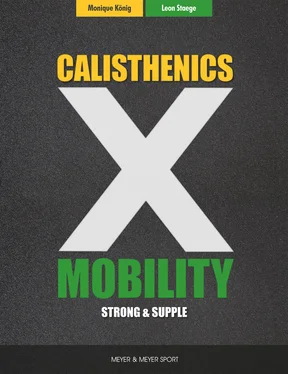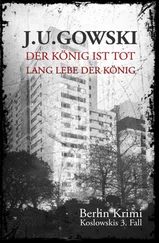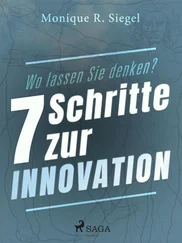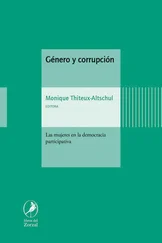Nevertheless, I must thank my parents, who–instead of dressing me in polo shirts and plaid pants–put me in a pair of soccer shoes. I can still hear my father saying, “The boy needs to learn a team sport. It builds character!”
So at age three, I was on the soccer field. Although I spent more time picking daisies (for my mom) during those early years, soccer had a formative influence on me. Then, after playing for fifteen years, I hung up my soccer shoes. By the time I graduated high school, after a move, and several personal changes, I found myself in a deep performance slump, which is why I didn’t connect with my new team at Fortuna Köln.
In my first book, Pragmatisch Gesund, I talk a little about my health problems, which, among other things, caused my athletic interests to change. In short, my growing interest in strength–or, rather, fitness sports–caused me to adopt a one-sided diet that ended up costing me my performance capacity and, in the end, my soccer career. But as it turned out, this difficult time was the best thing that could have happened to me. When in life does one ever get the opportunity to completely redefine oneself and embark on a new path?
The new path led me to a place where I wanted to learn more about people’s health and the human body overall. Where I wanted to help people get out of the hole they’d fallen into, through one-sided diets proclaimed by the fitness industry as panaceas or due to poor exercise habits. During my active soccer career, I tried out lots of different sports, even though I always stayed with soccer.
Thanks to my mom, I was able to try out other sports, such as hockey, tennis, basketball, swimming, judo, and dance. I loved any type of exercise during my free time: table tennis, bowling, cycling, badminton, wrestling with my younger brother, and more. All these experiences with exercise would serve me well on my new path and lead me to where I am today–my small but awesome monkey gym in the space I share with Monique in Cologne.
Nearly every day, clients come from all over the German-speaking world to my 12-square-meter (130-square-foot) gym, where together we search for the cause of their pain and where, in typical Moving-Monkey fashion, I make them strong, flexible, and pain-free. But how did I get from my soccer career to starting my YouTube channel, Moving Monkey, and becoming a student of physical therapy?
Next to one of my best friends, Alexander Wahler, who convinced me to upload my first YouTube video, it was primarily one other man’s influence that I embarked on the exercise journey, and his name is Ido Portal. Over the years, a number of others have certainly joined the ranks as mentors from whom I’ve been able to learn, but it all started with him.
After Ido’s workshop in Munich in late 2015, my head was practically spinning. I even told him in person that everything was whirling around in my dreams the night after the first day of that workshop. I was effectively able to experience my beliefs, views, and, last but not least, my body get turned upside down, spun around, and newly aligned.
Ido’s response, in his typical terse and concise manner was this: “It’s a scary place, the place of change. But it’s worth it!”
In retrospect, I have to admit he was right. My greatest takeaway from my days with Ido was that we should pay more attention to the way we move (quality of movement, variety of movement, and movement culture) rather than chasing the next workout.
Even today, this philosophy still guides my actions and way of thinking. Not just with respect to Moving Monkey but also in my everyday life. After all, we humans are made to move, and our greatest gift is that we possess a body that’s capable of doing so much.
I want to spark in you the same enthusiasm that burns inside me for movement and the human body. Maybe after reading this book you’ll start to add a little morning mobility routine to your day. Or you’ll choose to take the stairs instead of the elevator.
Some people start with lots of baby steps, and others prefer to take a few big ones. What’s clear is that everyone is on their own journey at their own pace. And every journey begins with movement–namely with the first step.

1 Mobility—Modern Flexibility Training
When I start our Calisthenics X Mobility workshop, I always begin with the following question: “Can someone give me the definition of mobility ?” Almost all our workshop participants have watched one of my videos on YouTube, which is why most of the responses go in the right direction. The following catch phrases are then tossed around:
• “active flexibility training”
• “like stretching, but with strength”
• “range of motion”
Mobility training clearly focuses on movement. Unlike stretching, where a position is held for an extended period, mobility training always requires active control over a certain distance. Here’s a simplified formula:

Mobility = a large ROM (range of motion)
+ strength
+ coordination (active flexibility)
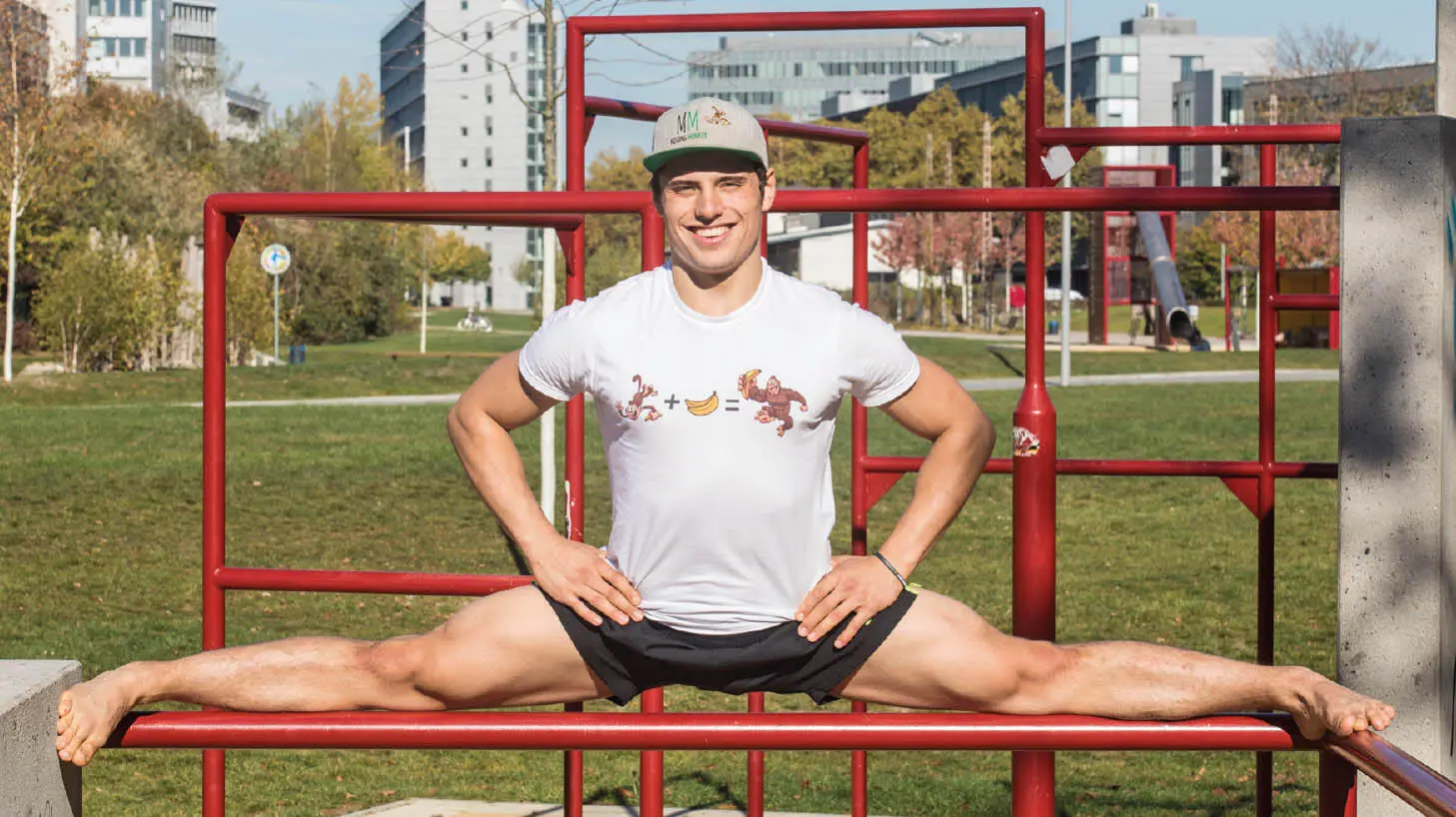
Next, I always demonstrate a practical example. Imagine I let myself slide from a standing position down into the straddle splits and then returned from the splits to a standing position by using only my leg strength.
This type of mobility stands in contrast to passive mobility, which is called flexibility. Imagine holding on to one ankle while standing and pulling it toward your backside. You’d be passively holding your leg at this range of motion without tensing the muscles in your legs.
Of course, we don’t start the workshop by practicing the splits. To achieve long-term mobility and strength, we must understand how mobile our bodies should really be.
Mobility and strength are always mutually dependent. Imagine a seesaw with flexibility on one side and stability on the other. Since the body is a dynamic system, much like a seesaw, we need a mix of flexibility (passive range of motion) and stability (strength) to keep our balance. The sweet spot is called mobility.
In medicine, we refer to homeostasis, meaning a state of equilibrium. By definition, it’s subject to dynamic self-regulation.
These are fancy words that ultimately describe the fact that our bodies vacillate between flexibility, mobility, and stability. Thus, our joints also have different functions. Some primarily provide stability, while others primarily provide lots of mobility.
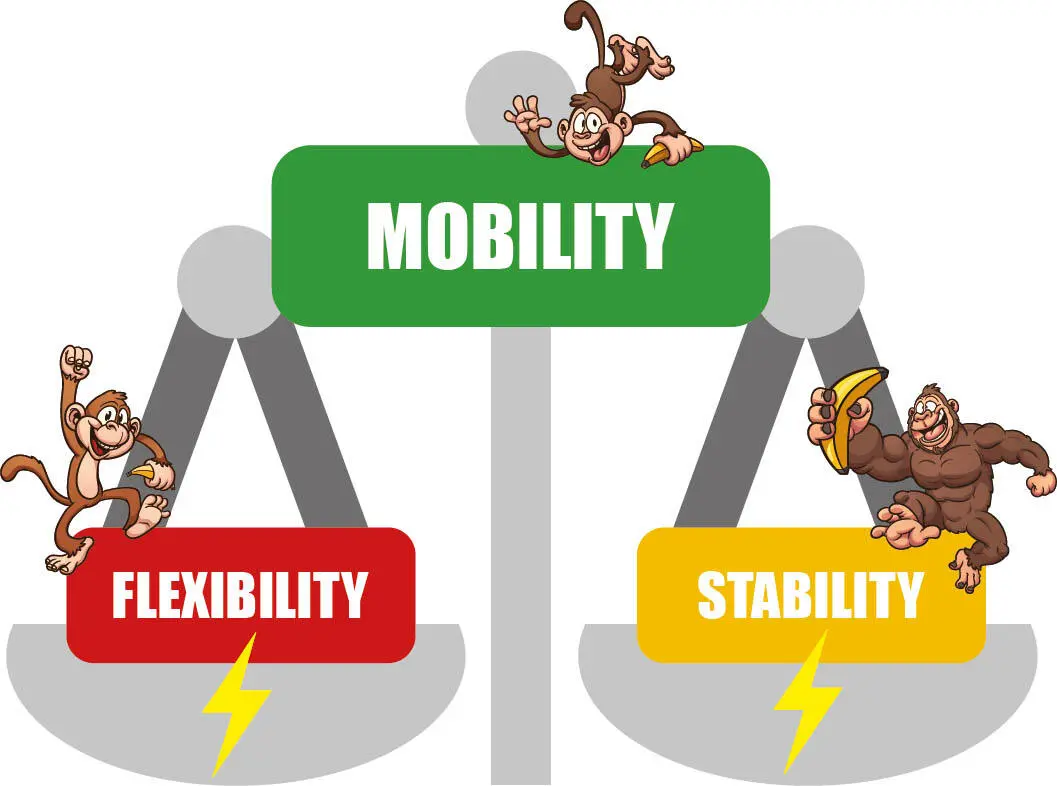
Here’s what this teaches us about our mobility training:
1. Not every joint must be pushed to be as mobile as possible. (In fact, in some cases, this can even cause damage and lead to pain.)
2. Feeling less flexible on some days than others is completely normal. We’re all subject to natural fluctuations.
In section 2.1, “How to Become More Mobile,” I explain how you can create a harmonic balance so you don’t have to move through your daily life with tight muscles and pain. But first I want to briefly talk about how mobility training has become so popular.
Читать дальше
